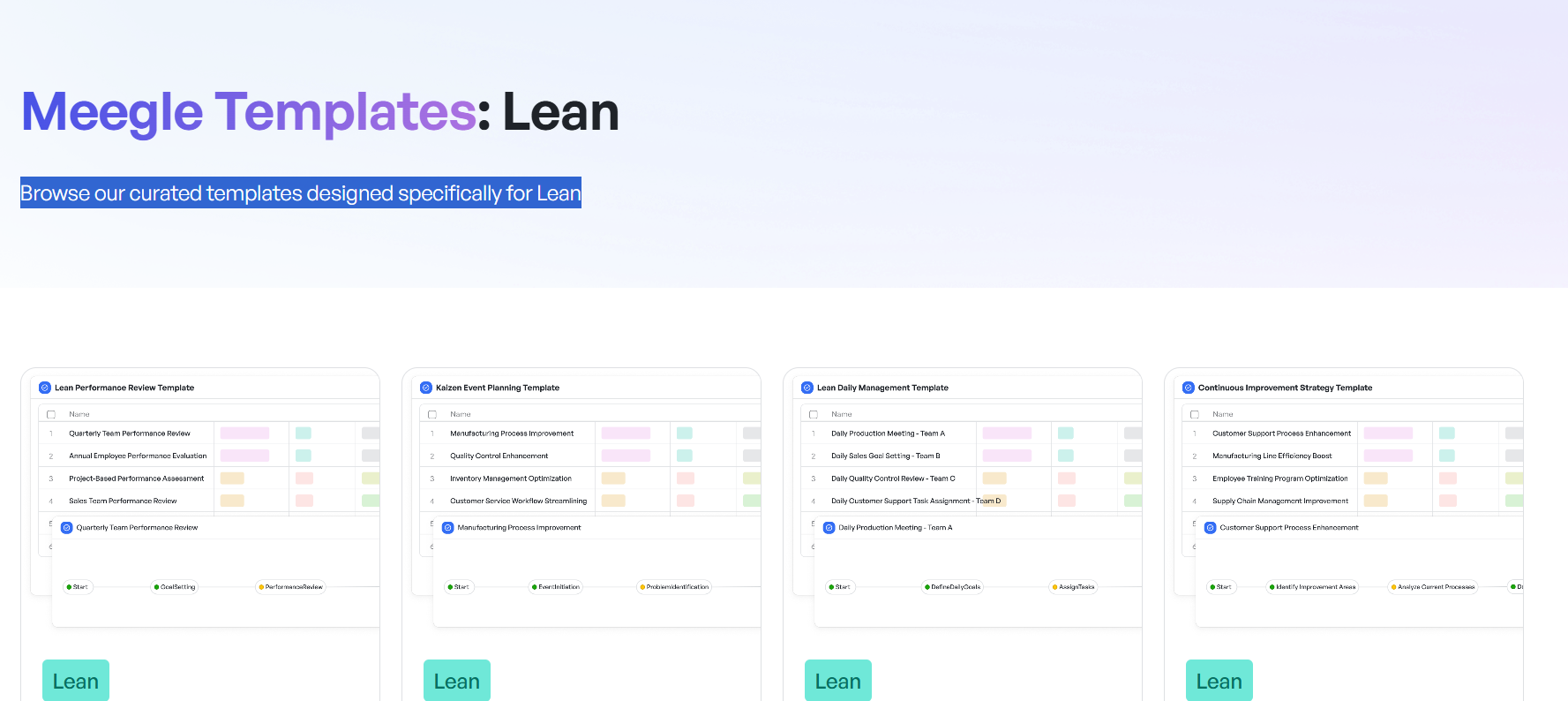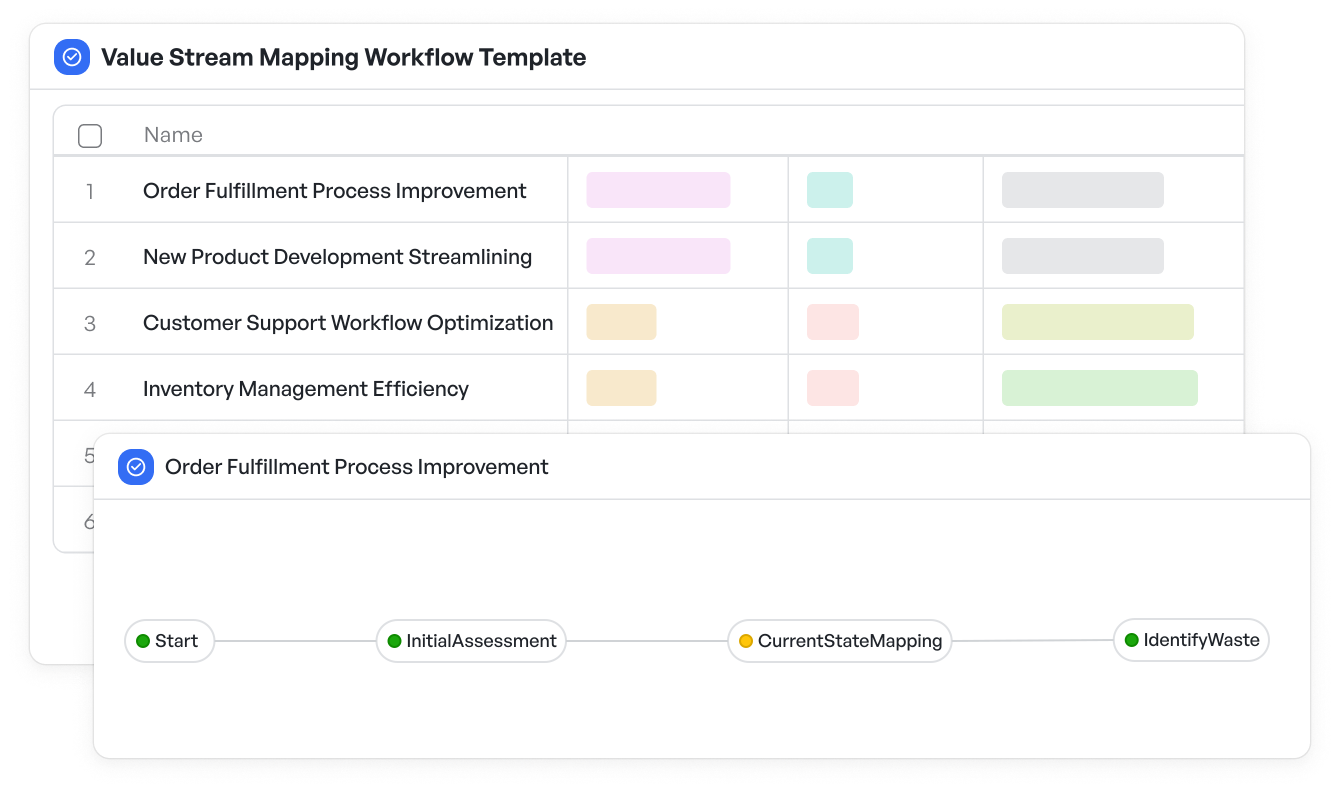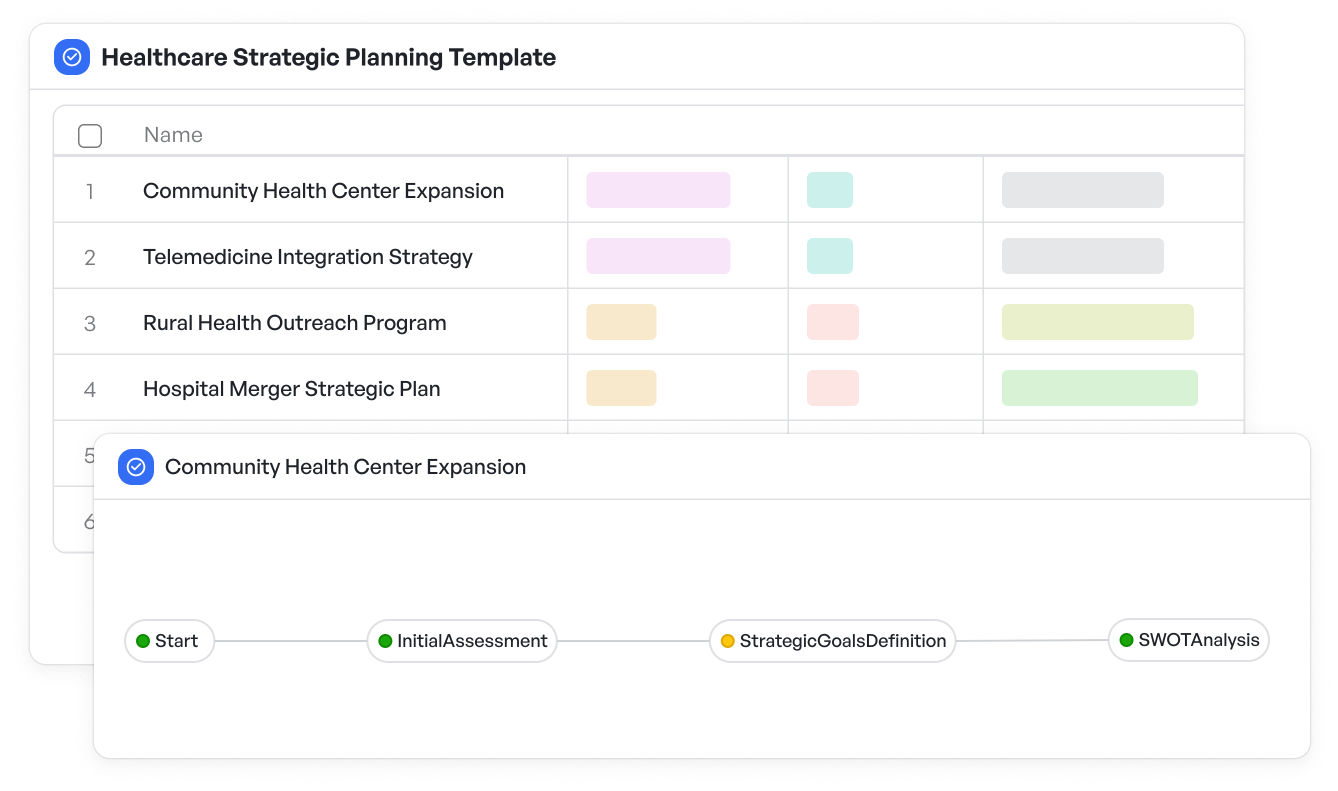How to Implement Lean in Healthcare

Understanding Lean Principles in Healthcare
Origins of Lean in Manufacturing
Lean principles originated in the manufacturing sector, specifically through the Toyota Production System in the mid-20th century. Initially developed to streamline production, eliminate waste, and optimize efficiency, lean methodologies have significantly transformed various industries by embedding continuous improvement and value maximization into organizational cultures.
Transition to Healthcare Settings
The transition of lean principles to healthcare began in the late 20th century as healthcare providers sought solutions to improve patient care quality and operational efficiency while controlling escalating costs. By adapting lean methodologies, healthcare organizations have successfully streamlined processes, enhanced patient satisfaction, and improved overall healthcare delivery outcomes.
Core Elements of Lean Healthcare
Patient-Centered Care
Lean healthcare places patient experiences and outcomes at its core. Every improvement or process redesign prioritizes patient needs, preferences, and values, ensuring healthcare delivery remains compassionate, responsive, and high-quality.
Minimizing Waste
Lean identifies and eliminates waste, defined as any activity that does not directly add value to patient care. This includes excessive waiting times, redundant processes, unnecessary tests, or overproduction, significantly improving efficiency and patient throughput.
Enhancing Quality and Efficiency
Lean practices focus on embedding quality into every healthcare process, reducing variability, minimizing errors, and improving consistency. High-quality, efficient processes enhance patient safety, optimize resource use, and elevate overall healthcare service standards.
Continuous Improvement
Continuous improvement, or Kaizen, is foundational to lean healthcare. By continuously evaluating processes, collecting feedback, and implementing incremental improvements, healthcare providers foster a culture of ongoing refinement and innovation.

Key Lean Methodologies
Value Stream Mapping
 Value Stream Mapping Workflow Template
Value Stream Mapping Workflow TemplateValue stream mapping visualizes and analyzes the entire patient care process from admission to discharge. Identifying bottlenecks, redundancies, and waste enables targeted interventions that enhance patient flow, reduce waiting times, and improve overall care coordination.
Flow Optimization
Optimizing patient flow within healthcare facilities eliminates unnecessary delays and enhances resource utilization. Techniques like patient flow analysis, capacity management, and scheduling improvements result in smoother operations and improved patient experiences.
Kaizen (Continuous Improvement)
Kaizen involves incremental, continuous process enhancements driven by frontline staff insights. Regularly scheduled Kaizen events engage healthcare teams in problem-solving, fostering proactive identification and resolution of operational inefficiencies.
Benefits of Lean in Healthcare
Improved Patient Experiences
Lean healthcare directly enhances patient satisfaction by reducing wait times, improving care quality, and delivering personalized, efficient healthcare experiences. Patients benefit from streamlined, reliable, and compassionate care delivery.
Streamlined Operations
Implementing lean principles significantly reduces operational complexity by removing non-value-added activities. Streamlined processes allow healthcare providers to focus more directly on patient care, driving productivity and effectiveness.
Cost Reduction
Lean methodologies offer substantial cost-saving potential by minimizing waste, optimizing resource allocation, and improving operational efficiency. Reduced operational costs directly contribute to financial sustainability and better resource management within healthcare organizations.
Challenges of Implementing Lean
Balancing Efficiency with Humanism
A key challenge in lean healthcare is balancing the drive for efficiency with maintaining humanistic, compassionate patient care. Organizations must ensure that process improvements enhance, rather than diminish, the quality of human interactions in healthcare.
Potential Job Strain for Healthcare Workers
Implementing lean practices can sometimes increase workload intensity and pressure on healthcare professionals. Careful management, ongoing support, and clear communication are essential to prevent burnout and ensure that lean implementations are sustainable and beneficial.
Maintaining a Human-centered Approach
Healthcare organizations adopting lean must continuously focus on human-centered approaches, ensuring efficiency gains never compromise patient or employee welfare. This requires deliberate efforts to integrate empathy, compassion, and humanism within lean process enhancements.
The Role of Leadership in Lean
Leadership Support and Involvement
Leadership plays a pivotal role in successful lean implementation. Leaders must actively participate, endorse lean initiatives, and consistently demonstrate commitment to lean principles to inspire organizational buy-in and widespread adoption.
Aligning Organizational Goals
Leaders must ensure alignment of lean initiatives with overarching organizational goals and strategic objectives. Clear goal alignment facilitates cohesive implementation and ensures measurable, meaningful improvements in healthcare delivery.
Encouraging a Culture of Learning
Creating a culture of continuous learning and innovation is critical to lean success. Leaders must promote knowledge-sharing, celebrate successes, and encourage staff to proactively identify opportunities for improvement.
Empowerment and Engagement of Healthcare Professionals
 Healthcare Strategic Planning Template
Healthcare Strategic Planning TemplateEmpowering Staff in Decision-Making
Lean healthcare thrives when frontline healthcare professionals are empowered to make decisions. Providing autonomy and decision-making authority fosters engagement, improves job satisfaction, and promotes proactive process improvements.
Fostering Communication and Trust
Effective communication and trust-building are fundamental to successful lean implementation. Open, transparent dialogues ensure that staff feel heard, valued, and supported, facilitating smoother transitions to lean practices.
Training and Development
Comprehensive training programs equip healthcare professionals with essential lean knowledge and skills. Continuous professional development ensures staff can effectively implement, sustain, and refine lean practices, driving long-term organizational improvement.
Sustainability and Adaptability in Lean Practices
Lean healthcare practices must be sustainable and adaptable to endure evolving healthcare landscapes. Organizations should regularly review lean processes, collect feedback, and adapt practices to maintain relevance and effectiveness. Sustaining lean requires embedding its principles into the organizational culture, continuously renewing staff commitment, and ensuring ongoing resource availability.
Transform Your Healthcare Delivery with Lean
Implementing lean in healthcare revolutionizes patient care, operational efficiency, and cost management. By embedding lean methodologies into your healthcare practices, your organization can significantly enhance patient satisfaction, streamline operations, and ensure sustainable quality improvement. Ready to elevate your healthcare services through lean practices?
Discover the power of Lean for healthcare—optimize operations and improve outcomes with Meegle today.
The world’s #1 visualized project management tool
Powered by the next gen visual workflow engineRead More
Check All BlogsStart creating impactful work today



